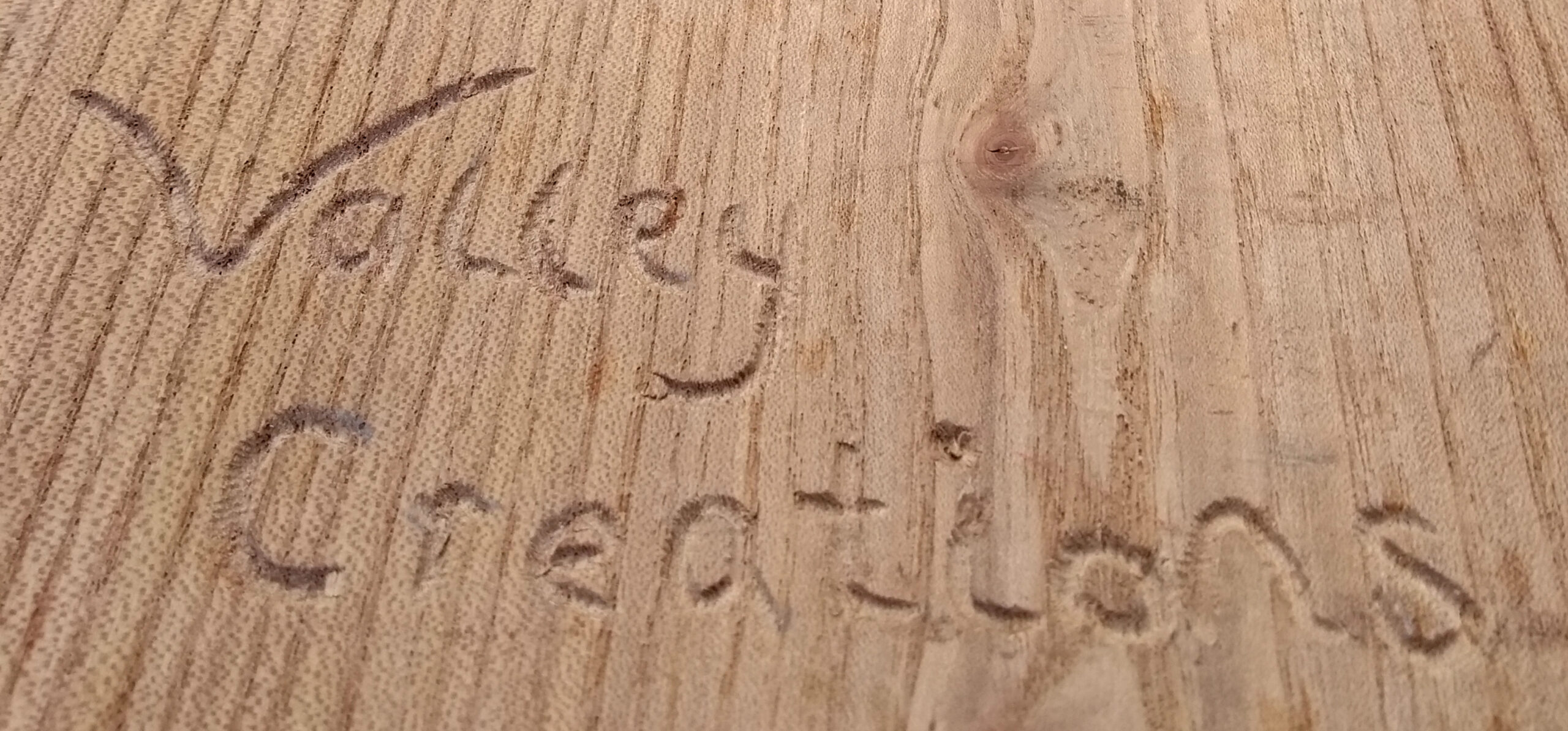I’ve been reading a book where there is much extended and slightly repetitive musing about our experience of Time. Partly because Ruth is currently in a time zone that is thirteen hours ahead of me, I had a think about it. Without getting too technical, I thought I’d put down some thoughts that might clarify for us.
First, we all experience time differently. Usually I seem to do things faster than many people. It doesn’t feel like that when I am doing something but that is often what happens. When I was a student and I was in a lecture where there were copious notes written on the board the opposite would happen. Because I am left handed, I have always written slowly, so I would constantly be trying to catch up and shaking my hand because it hurt. My experience of time varies for me and it differs from everyone else’s. We are all like that.
Second, our experience of time is different to our attempts to measure it. Measurement, naming, the making of formulae to make predictions are all things that scientists and makers use to add levels of control to our lives. Relating this to time, one unit of measurement we use is the Day. This makes sense, though if you live at the poles it is somewhat less useful. The poles are not only difference though. I live at the top of a hill. For me the sun comes up earlier and goes down later than those who live in the valley below me, so their experience is slightly different. In a hot air balloon hovering above me the difference would be even more marked. A wide open plane changes things again.
Having instinctively chosen the day as a time measure we went on to make up all sorts of different measurement units, partly to give us more understanding and control but also to help with communication. Sadly bad communication often happens when people start dreaming or arguing about those units of measurement.
The more people travelled and the more travel speeded up the more important it seemed to unify measurements a bit. Here we come to the International Date Line. This is the arbitrary point at which one day changes to the next. This is where Ruth being thirteen hours ahead comes in. The date line runs down the pacific and wobbles round the few countries it meets, because there are few countries to meet and thus only sparse populations to upset. It is useful, but is the clearest illustration between the experience of time and the measurement of it. When you add in the fact that New Zealand and the UK both change the clocks twice a year and at slightly different times of year, so that there can be 11,12 or 13 hours between us, the wobbliness of the measurement factor is highlighted.
It is also important to realise that it is still Now wherever you are. When I chat to new Zealand we are still chatting at the same time (apart from slight delays for transmission) even though the time of day is different, as is the season, the weather and whatever other experiences surround our chat.
So whether is day, minutes, years, light years, parsecs or any other measure, they are all just measures. Our experience is different to the measuring. In a similar vane, if someone tells you that a table is not actually solid, just smile wisely and say ‘Actually it is solid and thank goodness for all the random, unpredictable behaviours of those sub atomic particles that make it solid to, solid tomorrow and onwards until something changes it.
